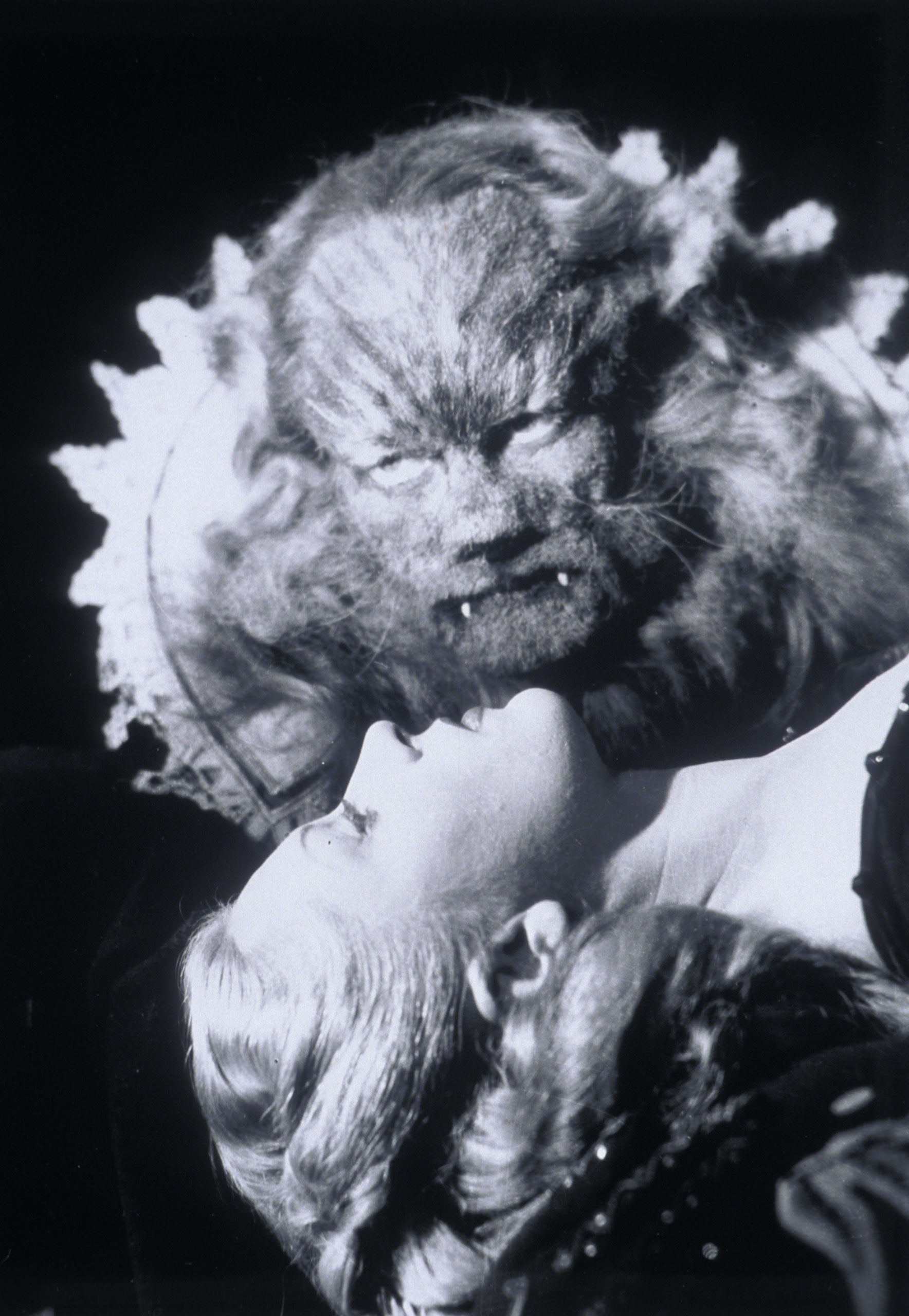Possibly the most exquisite film to emerge in the wake of wartime deprivation, Jean Cocteau’s Beauty and the Beast is a romantic fantasy born from the belief that finding beauty in our fractured and sordid world is the surest survival tactic. Jean Marais, Cocteau’s lover at the time, plays the magnificent, soulful beast: Marais’ gallantly handsome visage is hidden behind an intricately crafted mask of shaggy fur and makeup that took five hours to apply each day. (It was modeled on the face of his beloved dog, Moulouk.) This is the tragic face that the at-first clueless Beauty (Josette Day) comes to love, as we do, in a surprise melding of the erotic and the spiritual. Beauty and the Beast is a triumph of illusion, especially when you consider the hardships its cast and crew suffered in making it, including ailments of all sorts as well as malfunctioning cameras and a general lack of materials for costumes and sets. In one of the movie’s most haunting scenes, Belle is horrified to stumble upon the Beast slaking his feral thirst by lapping from a glistening stream. Reportedly, this body of water was in reality a sewage runoff near the filming location, but Cocteau makes it look magical, a manifestation of the film’s ultimate meaning: that loneliness can be transformed by love.
- The 100 Most Influential People of 2024
- Coco Gauff Is Playing for Herself Now
- Scenes From Pro-Palestinian Encampments Across U.S. Universities
- 6 Compliments That Land Every Time
- If You're Dating Right Now, You're Brave: Column
- The AI That Could Heal a Divided Internet
- Fallout Is a Brilliant Model for the Future of Video Game Adaptations
- Want Weekly Recs on What to Watch, Read, and More? Sign Up for Worth Your Time
